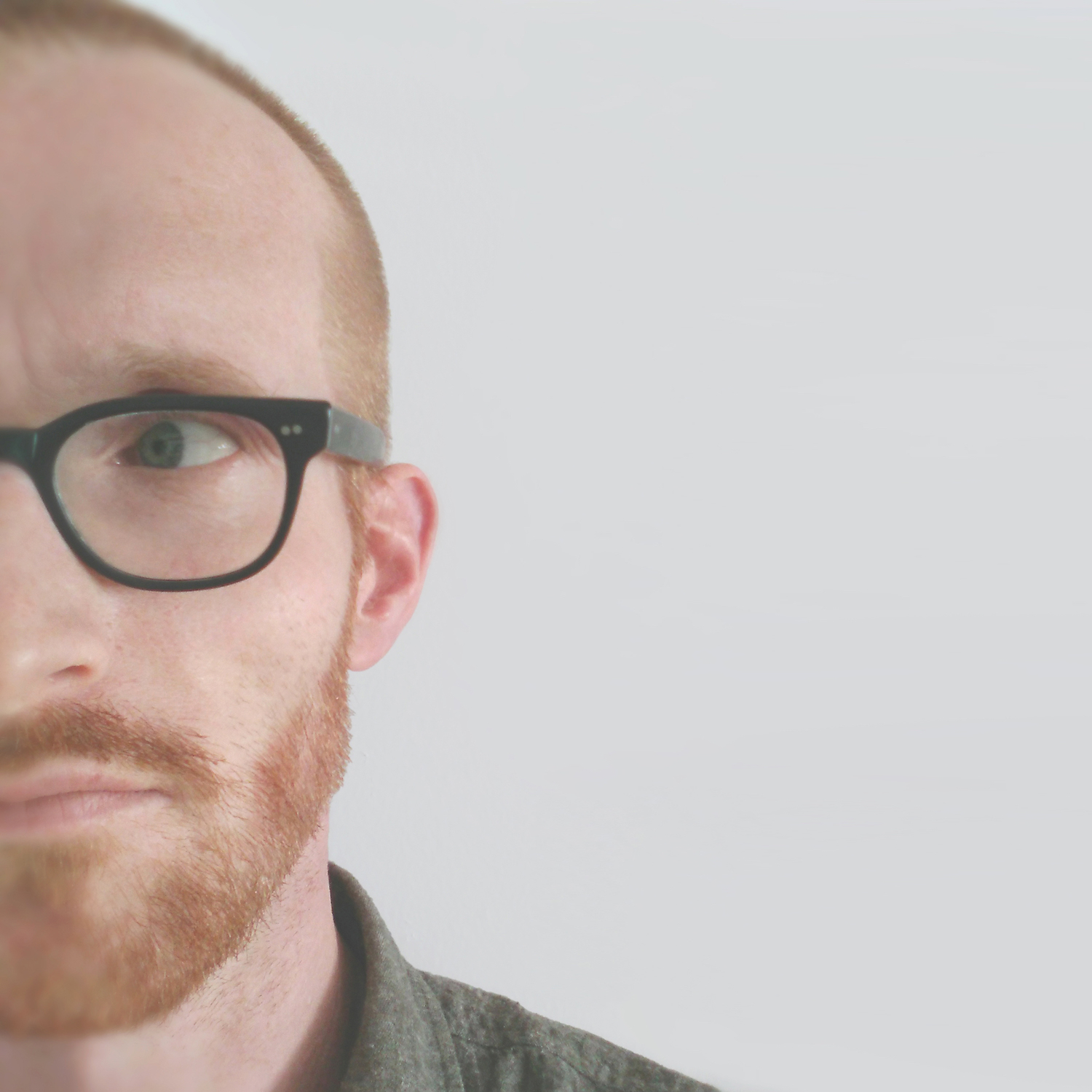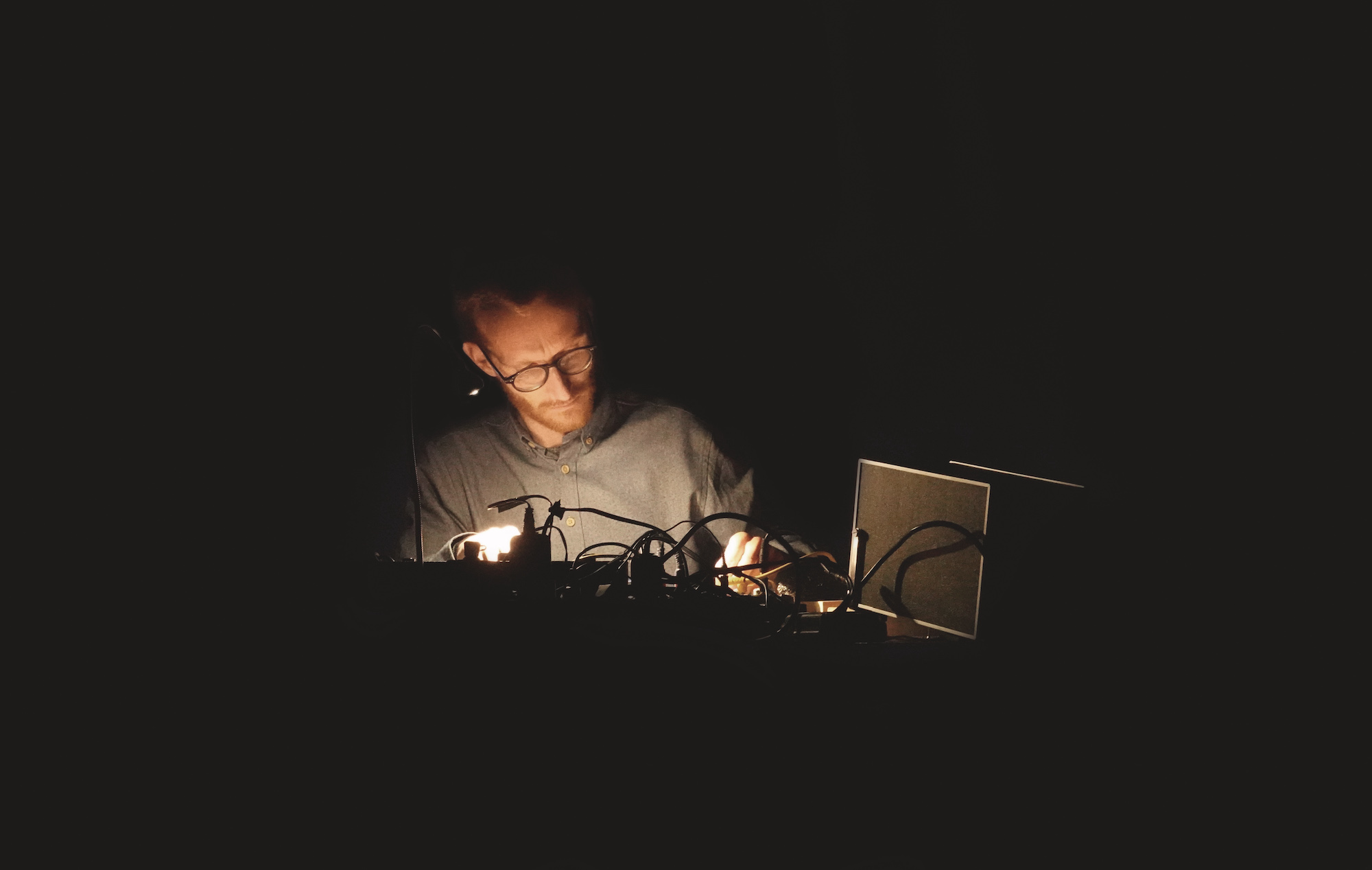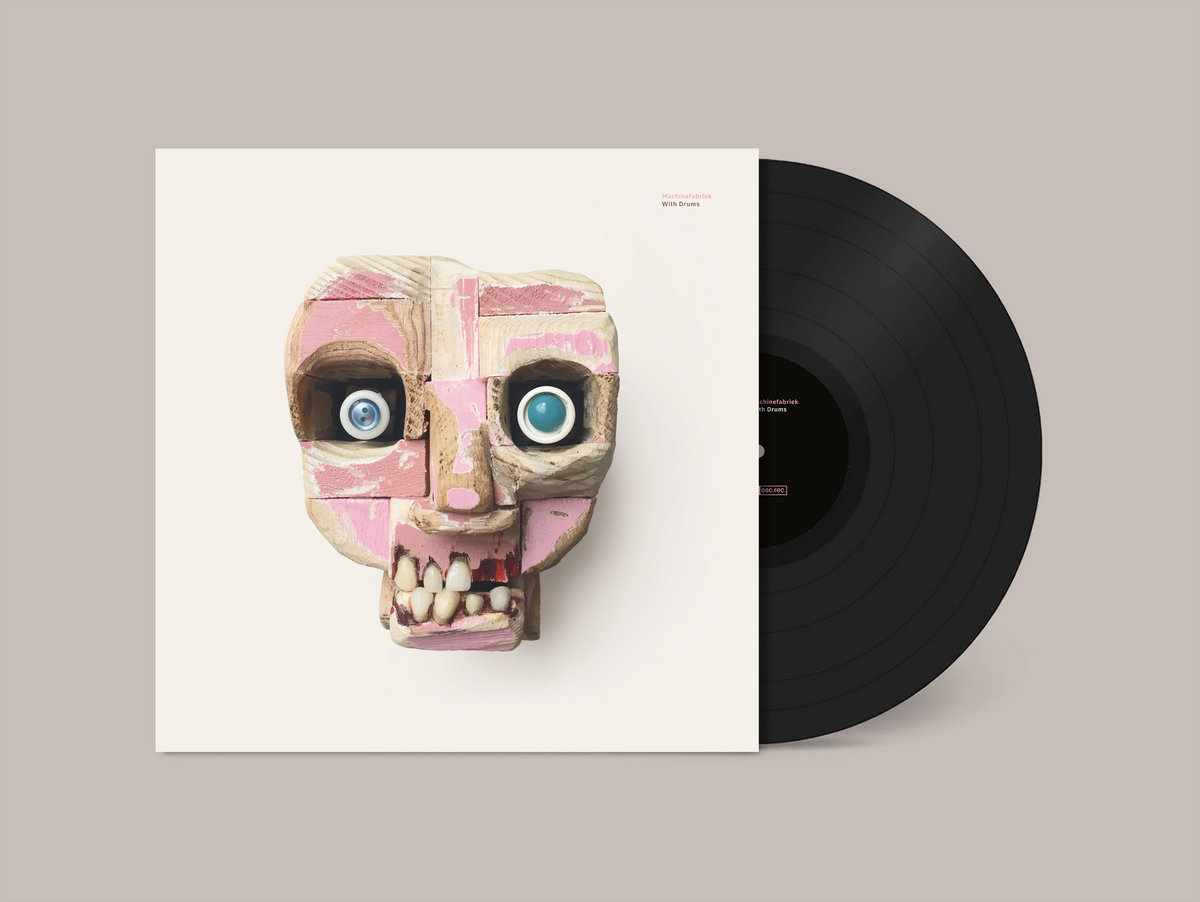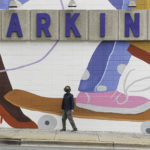Photo EMIEL EFDÉE
Setting the Records Straight is a new series where we ask our favorite artists to walk us through the most important and meaningful songs in their sprawling back catalogues.
On deck today: Rutger Zuydervelt, better known as Machinefabriek. The Dutch producer dropped one of his most daring projects yet earlier this week, With Drums, a set of experimental songs that started with the following email….
Hello, hope you’re doing well.
I just started a little project, and I’d like to invite you to participate.
Not to worry, it won’t take up too much of your time.I’m asking drummers/percussionists to record a few short
fills or phrases. It can be recorded by simple means;
a hand-held recorder or even a phone will do just fine.These gathered recordings will be used as the ‘Lego bricks’
to build a series of short rhythmical collages with.It would be fantastic if you’d like to join the project…
All the best, Rutger
Among those who answered the call were Thor Harris (Swans), Steven Hess (Locrian), Greg Saunier (Deerhoof), Tony Buck (The Necks), Jim White (Dirty Three), and countless others that are clearly listed here. In the following exclusive, Zuydervelt breaks down the records he feels best represents the past 17 years or so. There’s been a lot….
“SOMERSET” (2006)
“Somerset” appears on my first official album Marijn, released on the Lampse label. That was a big deal for me, and — especially in hind sight — feels like it was a stepping stone for my musical… ahem… career.
My initial idea was to have a compilation released with earlier material, but the label convinced me to record a completely new album. This felt a bit intimidating at first, because I was used to making 20-minute 3-inches. But I gave it a shot.
When I look back, I’m a bit astounded that my music from these days was all edited and mixed in a software program called SoundEdit. It’s a stupid simple editor — kind of similar to Audacity. Compared to the easiness and functionality of Logic (which I use now) it’s a bit of a miracle that I could work in SoundEdit, and that the results actually don’t sound crude or half-baked. I remember feeling sort of relieved when I found out that Janek Schaefer (of whom I am a big admirer) was using the same program.
I can’t recall if the label was immediately happy with my recordings, but they released Marijn, and it created a tiny little buzz, which was super nice. It was also great to fly to Manchester and meet the people of Lampse, Type, and Boomkat. It felt great to be part of that little community. There’s actually some pub-chatter from that time in my track “Barkat.”
When I listen to my music from that time, I immediately recognize the artists I was into in that period: Fennesz, Tim Hecker, Godspeed You! Black Emperor, Oren Ambarchi…. Although I wasn’t (consciously) mimicking these artists, I think later releases have a more individual style. Or at least don’t sound like a sum of its influences (to me). Still, people seem to hark back to Marijn very often….
“IJSPRET DRIE” (2009)
“IJspret” was first released on a small run of business card CD-Rs. It’s based on recordings I made of people ice skating on a pond near where I lived in December 2008. It was the first day of they year that it was possible to skate, and loads of people did. This moment seemed like it happened ages ago, but as I type this, we’re going through a really cold and snowy period, and I can see the same excitement now, with children sledding in the parks and having snowball fights. Such a great vibe!
Back to 2008: With my simple Zoom recorder I tried to record the sounds that the ice made, as well the skates hitting the ice. I also buried a hydrophone (a microphone for underwater recordings) in the ice to capture these great crackling and popping sounds. And as soon as I got home, I picked up my acoustic guitar and recorded some very simply noodling, trying to catch the carefree vibe that I felt on the frozen pond. My guitar skills aren rudimentary, but with some editing you can come a long way….
So “IJspret” was really an attempt to capture a moment — like a page in a diary.
“DI-O-DAY” (2008)
Mariska Baars (aka Soccer Committee) and I go way way back. In 2007, I read a review of her first self-released CD-R in the Dutch magazine Oor and it really sparked my interest. I decided to email her and propose a music trade. From then on, our musical and personal friendship grew, and is still going strong today.
Mariska once told me that she felt more affinity with electronic musicians than with singer-songwriters. I remember reading another review of her music, with the writer comparing her music to Oren Ambarchi’s. And to me, that made perfect sense. Especially then; I was a Oren was one of my biggest influences when I started Machinefabriek. Soccer Committee has a similar minimal vibe, with lots of space and every single tone placed exactly where it needs to be. There is no clutter, and it feels like she’s suggesting emotions instead of going full emo-singer-songwriter mode. There’s an openness and an unrivaled sense of purity in the music; it’s truly magical.
Our musical adventure started with me remixing her track “Carps,” a song from Mariska’s second album, sC. But it took full flight in the form of our duo album Drawn. Mariska basically recorded rough drafts of the songs, and I shaped them into the final tracks — adding subtle electronics, with Mariska overdubbing some parts here and there. I truly think our styles blended really well in here.
There’s actually a third collaborator on the track “Di-o-day.” I was listening a lot to trumpet player Franz Hautzinger’s amazing album The Neubacher Blech. (Check that one out!). When working on the track, I had the idea that adding a horn arrangement would sound great. I tried sampling Franz Hautzinger’s music for this, just to see if my hunch was correct. And it was. I was so happy that Franz was okay with us using his music.
“EAU” (2019)
I wanted to say that this is the most recent thing we did, but I almost forgot this compilation track.
“eau” is truly something different, which is the reason why it hasn’t been released under our pseudonyms.
Mariska and I are also in the quartet Piiptsjilling. It’s released five albums over the years. We also recorded music with Wouter van Veldhoven and Robert Deters as Gris Gris, but it wasn’t until 2018 that we worked on duo music again. That’s when we started our work for “eau.”
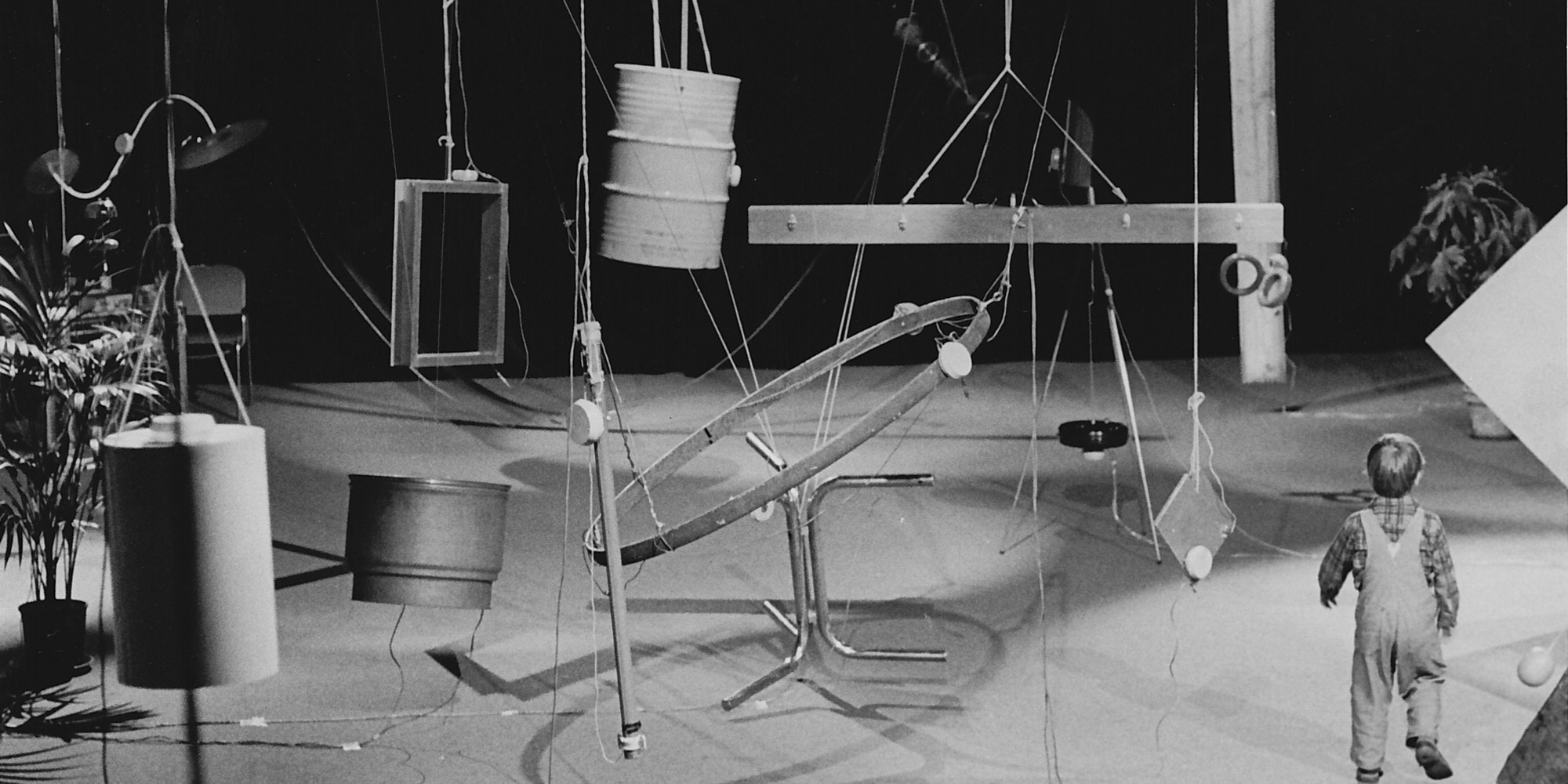
We had this idea to create a piece that could also be a multi-speaker sound installation with different overlapping loops — a sonic tapestry to wander through. It was really more about creating an environment than it was about composing a song. One of the inspirations for me was David Tudor’s Rainforest project, an installation/composition that mimics the experience of being in one.
Mariska began recording loops, using guitar, voice, kalimba, and field recordings. I did what I love best: layering, editing, and manipulating with the aim of making it sound as organic and enchanting as possible. To get a drifting quality to the piece — a sort of a ‘soft focus’ to it all. There’s many layers going on at the same time, creating this blur of sound with different elements peaking in and out of the mix. Basically, “eau” can be seen as a 30-minute fragment of a continuous piece.
The installation version of “eau” never materialized, but of everything I’ve recorded with Mariska, this piece is my favorite.
“DEINING” (2014)
I realize that this isn’t an accessible entry point to my oeuvre at all. It’s not very representative of my music either, but I like it too much not to put it in here.
The first time I collaborated with Anne Bakker was on my piece “Koploop” from 2007. Then in 2008, we got together with Leo Fabriek to record an EP as Fabriek Bakker Fabriek. Quite a few years later came “Halfslaap II”, with “Deining” following not much later.
Most of my music is created by combining sounds and building something from it in an intuitive manner. There is a starting point, but it’s still very open in terms of what the end result will be like. But “Deining” is different; it’s one of the very few pieces that’s carefully mapped out and can actually be performed by others (string players in this case).
For a long time, I’ve been really obsessed with glissandi (a tone that glides up or down in pitch) and working with sine wave generators (the beating of two slightly off tones). Simple means to create endlessly fascinating sound worlds. And I think that’s key to “Deining” as well; the idea is incredibly simple, but the result is complex.
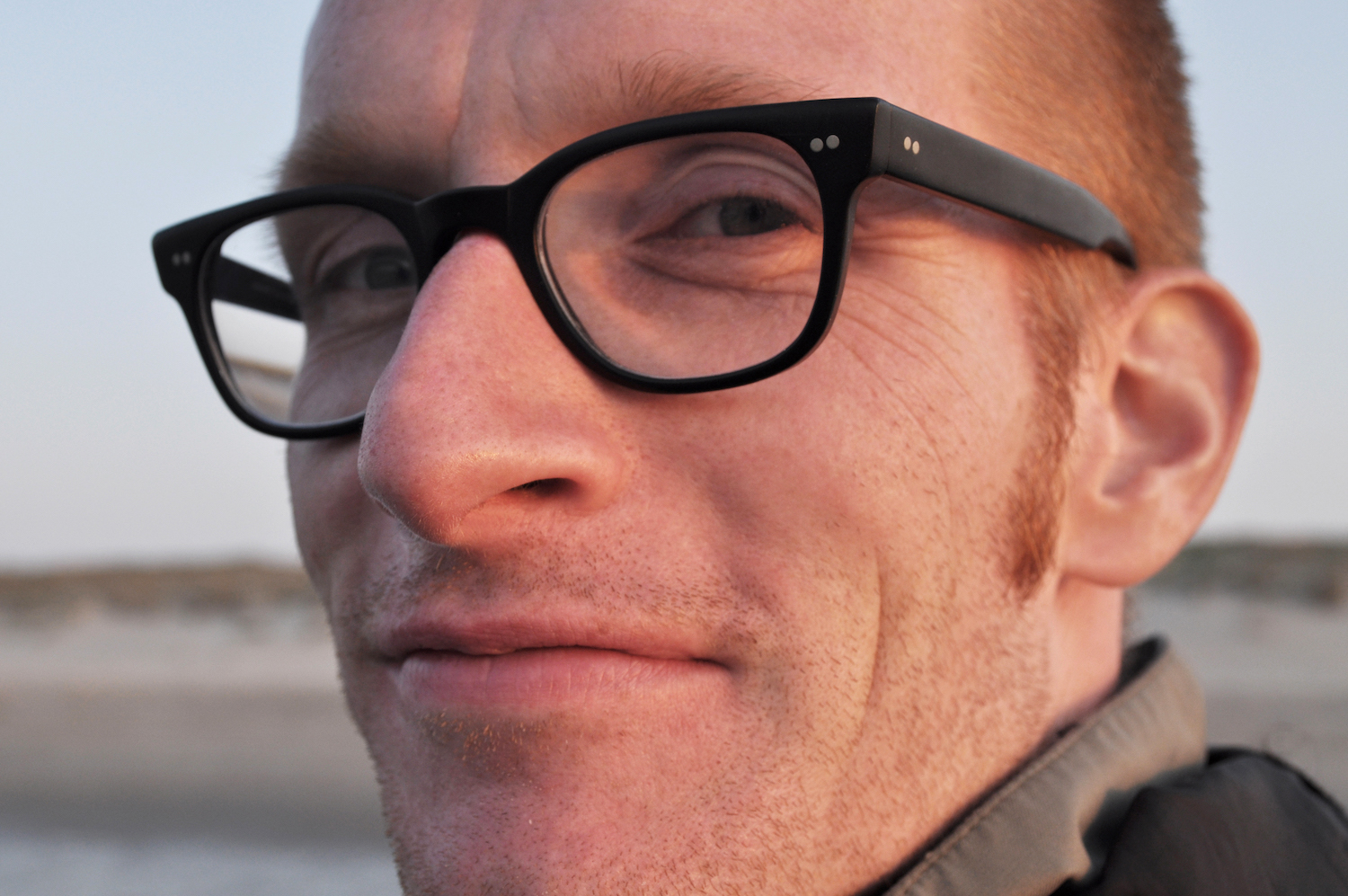
Before I continue, I must admit that “Deining” is highly influenced by Alvin Lucier, Peter Ablinger and James Tenney. So I’m not claiming my ideas for the piece are unique, but for me personally, it meant a lot to create it.
The initial version of “Deining” is constructed from layered recordings from violinist Anne Bakker. Anne had a simple ‘assignment’: to bow each string of her instrument while sliding slowly from the lowest note to the highest for exactly five minutes, as fluently as possible, two times. And the other way around, from high to low.
Obviously it’s near impossible to play a fluent glissando for five minutes, but that’s exactly the point. All the ‘imperfections’ are what makes the piece interesting. At the end of each glissando, the last note is held for one minute. After all these gliding pitches, this static tone is a relief.
The piece is divided in four sections, with each one focusing on one string of the violin. By layering the recordings per string (two upwards and two downwards glissandi simultaneously) so many complexities occur…. It constantly fluctuates between harmonics and dissonance. It’s a bit maddening actually; not everyone will like it.
I guess I’m constantly looking for some kind of minimalism or ‘purity’ in my music, and I think with “Deining”, I hit the jackpot in that respect. But it’s not something I do a lot — working in this way. “Sileen” (released on Edition Wandelweiser) is a comparable piece, but that’s about it.
I was very glad that I had the chance to present the piece live at the International Film Festival Rotterdam in 2016. For this version I invited four violin players (Anne included) and a cellist to perform alongside my electronics (which are only a few sine waves to give the music some more body and radio static). A laptop served as a timer so each player could carefully plan their glissando to be exactly five minutes. Together with the specially made video from Marco Douma, it was a super immersive experience.
“SIRENE” (2020)
Oehoe is the latest album Anne Bakker and I did (though something new is in the works), and there just had to be a track from it on this list. The album was released by the great folks of Where To Now? Records, and it’s my favorite album in my discography. One reason for this is that Anne and I came up with something that wasn’t planned, and perhaps shouldn’t work on paper, but turned out rather unexpected and beautiful.
On previous projects that Anne and I did together, I always had some suggestion of what to play. But not this time. Maybe it was laziness from my side, but I think it was more to give her a voice of her own as well — to make it a more equal collaboration.
She recorded a few improvisations with violin and her voice. The material was very melodic, with her voice singing in unison with the strings, which sounds amazing. It somehow gives the material a bit of a Renaissance feeling. I immediately loved these recordings. But I didn’t know what to do with ‘em.
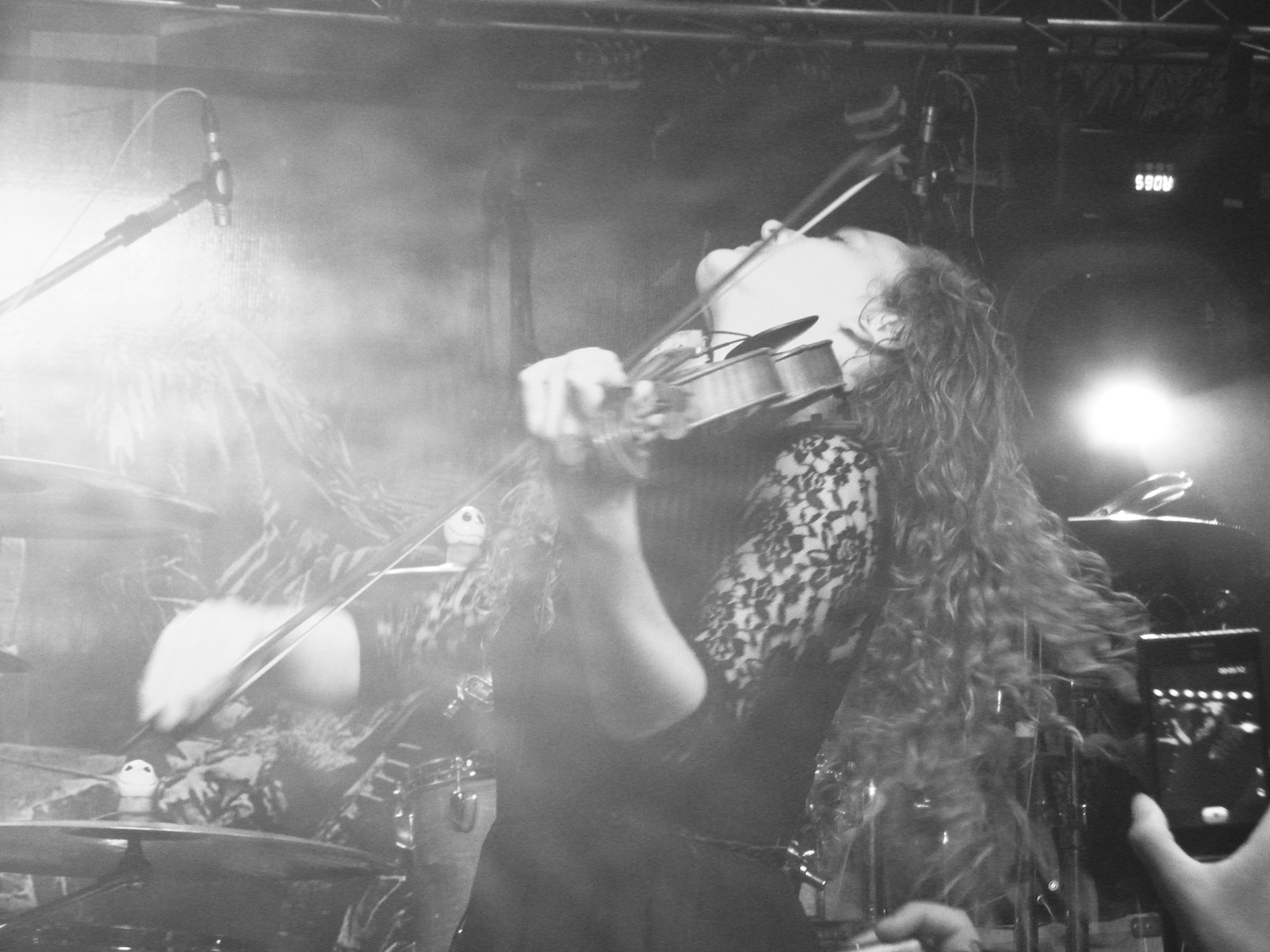
A month or so before, I visited the Worm studio in Rotterdam for a few days, to toy around with their vintage synthesizer collection. It was basically to create a library of sounds, with the idea to use it for a soundtrack I was working on. Just patching cables, noodling about, and recording everything.
The eureka moment happened when I started to play the synthesizer recordings alongside the improvisations from Anne. And holy shit, it worked! I was amazed that these seemingly contrasting sound worlds interlocked so beautifully.
I got really excited about it, and it didn’t take long before the album was finished…. It was like the material wrote itself. And I love it because it really sounds like nothing else in my catalogue. Maybe that’s also why I can shamelessly say that it’s a truly fantastic record without feeling egocentric.
“SNEEUWSTORM” (2015)
I always love to collaborate with other musicians. For every project I work on, I like to first set a basic idea, or to have a recording that I can use as a starting point — something that gives the piece direction, to create a set of limitations to work within.
A favorite working method of mine is to ask instrumentalists to record an improvisation, which I will than use to construct new music with. I think “Sneeuwstorm” is one of the most successful pieces in this regard. I love contemporary saxophone players like John Butcher and Mats Gustafsson, and around that time I was also listening to an album with saxophone quartet pieces by Terry Riley, which sparked the idea to ask Otto Kokke and Colin Webster (whom I known from Dead Neanderthals) to record some sax improvisations. What they sent me was so beautiful and rich, that it was an absolute joy to work with that material, and create the 31-minute piece with it.
There’s electronics and field recordings added, but I’d say 80% of the piece is built from Otto and Colin’s saxophone recordings; sometimes as unaffected fragments, but mostly heavily edited, layered and transformed, hopefully without losing the characteristics of their sounds. It still sounds human and organic, which is something I strive for in all my music.
Jason Lescalleet’s label Glistening Examples was happy to release Sneeuwstorm. But only under my own name. And for those who are wondering: There’s not really a clear differentiation (anymore) to when an album is released as Machinefabriek or as Rutger Zuydervelt. It used to be clear, but things got blurry quite quickly. And now I’m stuck with that.
“BECOMING” (2017)
I’m actually not selecting this primarily for the track itself, but for what it’s part of… amazing memories of fantastic people and places. It’s a studio version of a constantly changing piece that I’ve performed live loads of times. Not as solo gigs, but as part of a dance performance. I was actually onstage with the dancers, reacting to each other in real time.
After Hide and Seek, Attention, the doors are closing! and Exhausting Space, choreographer Iván Pérez asked me again to score a choreography. But this time it wouldn’t be a finished recorded piece; it’d be me doing it live. Every time. This idea made me quite nervous and scared in the beginning, and I actually almost bailed out a few times – if it wasn’t for Iván’s superb persuasion techniques.
There has been three performances of Becoming, in three different countries. The first one was created in the Netherlands, at Korzo (the Hague) with three dancers. For this version, both the music and the dancers relied on a set ‘vocabulary’, but with loads of freedom to improvise. There were performances that were meditative and gentle, while others were noisy and intensely aggressive; you could never tell where the dancers and me would take each other.
The second version was in Taipei. One of the dancers in the Dutch version was Wei-Yun Chen from Dance Forum Taipei. And then Iván and I went to Taiwan to create a version for Dance Forum Taipei! We went from three to 13 dancers, so it immediately became a different piece. It also became a more set piece, with a stricter choreography and score. A different approach, but with great results too.
Where there was a lot of (exciting) friction in the Dutch version — with each dancer having his/her own background and strong ego — the dancers of Dance Forum were like one harmonious being, which logically resulted in a more toned down, meditative approach. One key memory of the rehearsal period is the moment when Iván asked the dancers to stand in a circle, hold onto each other’s shoulders, and slowly move around the space. A bit like how a jellyfish moves in the water.
Like with most rehearsals, I improvised the music with it, and this time it felt like we’re doing something almost religious. The concentration was of intense unity. I know that sounds cheesy, and maybe it was. When, after 45 minutes, Iván really couldn’t hold his tears anymore, we stopped.
A year later, Becoming returned for a third time — this time in Germany, where Iván had just became the creative director of Dance Theatre Heidelberg.
Anyway, all these (and more) memories are attached to the Becoming album for me. But it works great as a standalone piece too, I think. It’s a mix of live recordings and studio work, to create the “perfect version” of the piece for home listening.
“VII” (2019)
When working in Taipei, I got the idea for With Voices, the album that was released on Western Vinyl in 2019. Once I was back in Rotterdam, I started contacting singers to collaborate with me for this project. I had made a 30-minute drone piece as an inspiration for the singers to react on, and their recordings formed the core of the album.
I also had started to follow Wei-Yun Chen on Instagram, and came across a video on which she sung a song in Taiwanese. It sounded amazing, so obviously I asked her to work on With Voices too.
She recorded a recited poem. I didn’t ask her to translate the recording, but after working it into a track, she commented that it sounded as if I completely understood what she was saying on the recording – which I didn’t.
Going full circle, I decided to have a video made for the track with Wei-Yun, and have Majon van der Schot dance in it. Majon danced with Wei-Yun in the Dutch Becoming performances, so they know each other. For the video, I asked Majon to try to interpret Wei-Yun’s words (despite not being able to understand them) into movement. Like abstract sign interpreting.
“MELODRAMA”
To be honest, this one doesn’t really have a big story. Champion Version is a small label that issues 7-inch lathe cuts, and every once in a while we work together.
I love working within the 7-inch format — two sides, four minutes max. Instead of telling a long and complex story in album length, I can focus on a much shorter duration, but still maintain on overall concept or vibe (for the A and B sides). Somehow, because of the shorter duration, I feel some sort of liberty, like a free pass to explore my (very relative) pop sensibilities.
For Machinefabriek-standards, these tracks are very melodic and accessible. If you enjoy “Melodrama 1”, you might want to check out the other double-sided singles too, like Huiswerk and Snoepgoed. By the way, the cover for the Melodrama single is one of my favorite designs.
